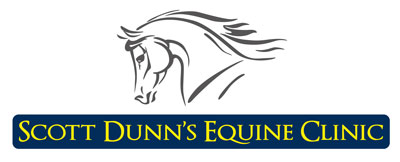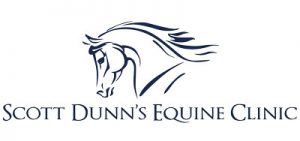Laminitis affects nearly 10% of the equine population and can occur with sudden onset in horses, ponies and even donkeys. Prompt recognition and treatment is essential to reduce the long term severity. Recovery will often take weeks or even months and recovering laminitic horses require careful management as well as regular veterinary and farrier attention to give the best results.
What is laminitis?
Laminitis means inflammation (‘itis’) of the laminae which form the junction between the hoof wall on the outside and the foot including the pedal bone on the inside. The resulting laminar destabilisation may result in rotation or sinking (founder) of the pedal bone inside the hoof capsule.
The cause
Recent research is changing our views constantly on the causes of laminitis. Most cases of laminitis are now known to be caused by hormonal factors. The commonest two being Equine metabolic syndrome (EMS) and Cushing’s disease.
Overweight animals can become insulin resistant due to their high body fat content and the resulting high insulin levels have recently been shown to cause laminitis. EMS also leads to insulin resistance, this disease is usually seen in native ponies with subcutaneous fatty deposits and cresty necks.
EMS can result in long term laminitis which is poorly responsive to treatment. Equine Cushing’s disease is one of the most common diseases affecting older equines and causes symptoms such as a long curly coat, abnormal sweating, increased urination and laminitis. Cushing’s is caused by over-production of the hormone ACTH by the pituitary gland and leads to high cortisol levels which in turn cause laminitis.
Consumption of large quantities of grain, such as when horses gain access to a feed room, generates huge quantities of lactic acid and toxins in the gut resulting in severe laminitis. Some severe infections or major surgery such as for colic can trigger atoxaemia and can lead to laminitis.
In very lame horses, for example with a fractured limb, the opposite leg is forced to carry extra weight overloading the laminae and sometimes causing laminitis in this sound leg. Also prolonged exercise on hard surfaces can also trigger a traumatic laminitis eg endurance races.
Inflammation of the laminae which form the junction between the pedal bone and the hoof leads to weakening of these attachments. In mild cases of laminitis, treated correctly, the inflammation gradually subsides without the development of any structural changes. However in other cases the weight of the horse bearing down on the feet tears the laminar attachments resulting in sinking of the pedal bone within the hoof capsule, and the constant pull of the deep digital flexor tendon on the back of the bone leads to rotation. Laminar blood vessels are torn causing local haemorrhage under the hoof wall and creating a build-up of painful pressure.
Symptoms
One of the most usual features of laminitis is lameness in several legs, the front feet are usually most severely affected and are generally similarly sore. The lameness is more apparent on hard ground with the horse being much more comfortable on a soft surface. At rest they will often stand with the forelegs out in front of the usual position and the hind legs tucked underneath the body and may shift weight from one foot to the other. The feet are warm to the touch and there are strong bounding pulses in the digital arteries which run down the sides of the fetlock.
In advanced cases there is a palpable depression over the front of the coronary band as a result of pedal bone sinking and occasionally the pedal bone can sink so far that the tip penetrates the sole just in front of the tip of the frog.
Treatment
Laminitis must be treated as an emergency condition; once rotation and sinking of the pedal bone occur these changes are only ever partially repairable. The priority in the initial treatment of laminitis is to support the pedal bone to prevent rotation or sinking. The shoes should be removed to allow better support to be applied to the sole. The horse needs to be stabled on a deep shavings bed in order that the bedding packs up under the foot to provide further support and cushioning. It is important that the horse does not walk any more than necessary as movement will increase the strain on the laminae so there must be strict box rest.
Painkillers such as phenylbutazone (Bute) are prescribed to make the horse more comfortable and to reduce foot inflammation. Acepromazine is also commonly used to improve the blood supply to the laminae. It is essential to attempt to establish the underlying cause of the laminitis.
Radiographs are necessary to fully assess the position of the pedal bone and the changes occurring within the hoof capsule. The images reveal the severity of laminitis which influences the treatment plan and gives a more accurate long term prognosis. The farrier can also use the radiographs to trim the foot more accurately and to position the shoes to provide optimal support.
Good farriery is essential in the treatment of laminitis, the foot must be carefully trimmed to gradually correct the orientation of the pedal bone relative to the ground. Once the acute inflammation has subsided heart bar shoes are often applied to support the pedal bone and stabilise the hoof capsule. Metal shoes are usually employed, but bad cases may benefit from glue on plastic shoes which are gentler on the foot. Correction of laminitic changes is a slow process and the feet will need careful regular attention.
Once a horse has had laminitis they have an increased susceptibility to further episodes in the future so it is important that careful management is maintained in the long-term.

